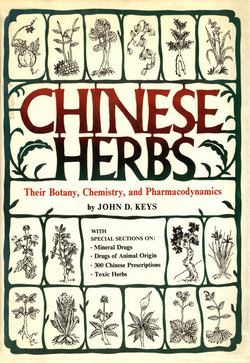| The only living representative of the order Ginkgoales, once a widely distributed group throughout the Mesozoic Era. It is a tall, resinous tree, growing to 35 m. Leaves deciduous, alternate, lengthily petiolate, fan-shaped, bilobate, base wedge-shaped, 6-9 cm. broad, turning yellow in autumn; venation dichotomously branching, seemingly parallel. Staminate and ovulate strobuli on separate trees; staminate strobuli consisting of naked pairs of anthers in catkin-like clusters; ovulate strobuli in the form of long, slender, fused stalks bearing a single naked ovule which is fertilized by motile sperm cells, developing into two seeds. Seeds yellow when mature, foul-smelling, drupe-like, the middle layer of integument becoming hard, the outer layer fleshy. China. (Syn. Salisburia adianthifolia Smith., S. macrophylla C. Koch) |
| The ripe fruits, macerated in vegetable oil for 100 days, have been used in the treatment of pulmonary tuberculosis in China, but there has not been sufficient indication to classify the drug as specific. The outer fleshy portion of the fruit is very stimulating to the epidermis and mucous membrane, inducing inflammation and exanthema. The kernels are used as aliment in China, however large amounts may be toxic, inducing convulsions, pyreticosis, emesis, and dyspnea. |
